The Lost River Fleet
The largest of London's subterranean rivers and once a mad, bad center of London life.
The River Fleet was a part of London life before London was even London. This tributary of the Thames, called the Holburna (“hollow stream”) by the Anglo-Saxons, is the largest of London’s mysterious lost subterranean rivers. And even before the Anglo-Saxons, the Fleet was a major river used by the Romans.
As London grew during the Middle Ages, the area around Fleet became crowded with industrial and residential buildings, and the river became increasingly choked and polluted. Ironically, the disastrous Great Fire of London gave the ever-growing city a golden opportunity to rethink and rebuild London to better accommodate its skyrocketing population. The Fleet River was no exception. Christopher Wren, famous for designing Saint Paul’s Cathedral, tried his hand at re-imagining the river. Modeled after the Great Canal of Venice, Fleet received new stone embankments and was given four decorative bridges—at Bridewell, Fleet Street, Fleet Lane, and Holborn—all high enough to allow the passing of large barges.
Sadly, the barges rarely came, and the under-used canal of Fleet once again became as polluted as the rest of the Thames. The canal-cum-open-sewer became an embarrassment, and was bricked over in phases between the 1730s and 1870s. Incredibly, the Fleet River’s history doesn’t end there. The quick filling-in of the canal sealed and preserved this piece of history until it was recently uncovered:
“It lay buried for 250 years until Wren’s Fleet Street bridge was re-discovered in 1999. Museum curator Simon Thurley studied old maps of the area, and worked in conjunction with the Thames Water authority. Thurley succeeded in finding stones from the western end of Wren’s bridge, embedded in brickwork from the 1700’s in the Fleet sewer, underneath Ludgate Circus.” (Source)
From major river to open sewer, to empty canal, and back to open sewer—then to completely forgotten—the Fleet River today is a huge underworld cavern of Victorian brickwork and London history. Though it has been changed and redirected and polluted and encapsulated by man, the river has never stopped running, rushing unseen, just beneath the sidewalks of London.
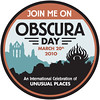 We walked the Lost River on Obscura Day - March 20th, 2010 with Tom Bolton, author of the book London’s Lost Rivers: A Walker’s Guide (Strange Attractor Press).
We walked the Lost River on Obscura Day - March 20th, 2010 with Tom Bolton, author of the book London’s Lost Rivers: A Walker’s Guide (Strange Attractor Press).
Know Before You Go
Fleet River can be heard rushing by underneath a grate at Ray Street, Farringdon near the Coach and Horses pub, and through a grid in the center of Charterhouse Street where it joins Farringdon Road.
Access to The Thames River Walk at Blackfriars Bridge is closed due to construction. You can access the River Walk on the eastern side, just can't get to where the River Fleet meets the Thames.

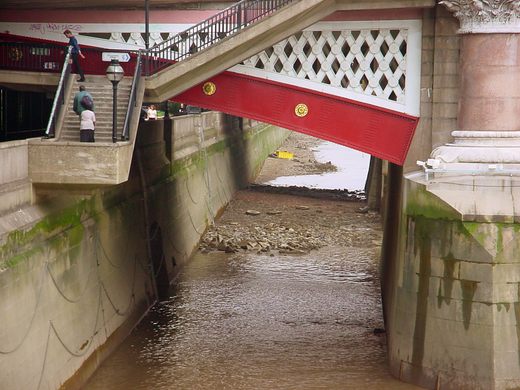




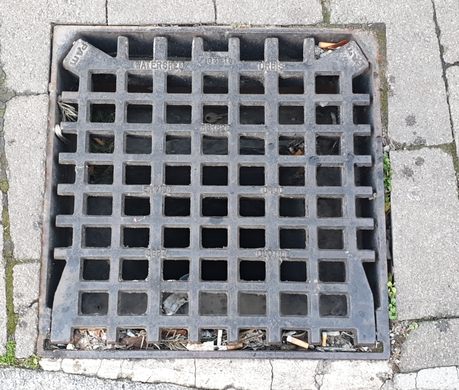

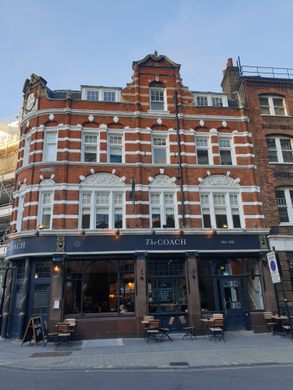







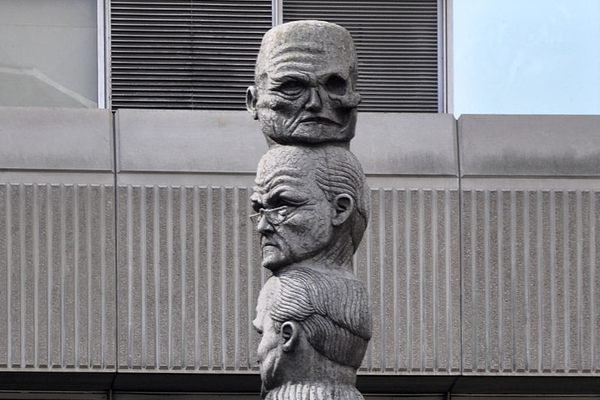


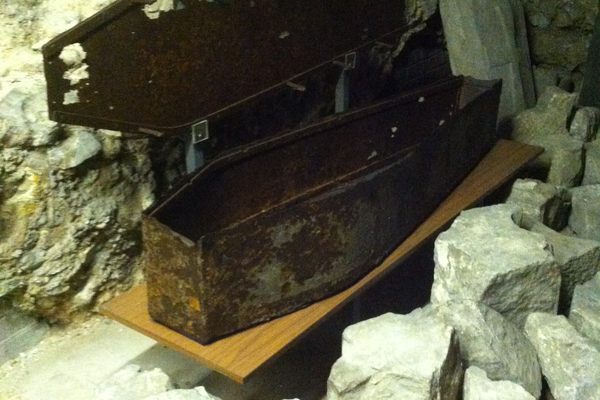
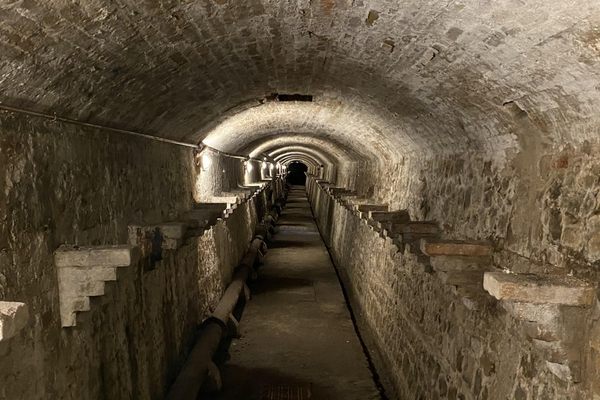




Follow us on Twitter to get the latest on the world's hidden wonders.
Like us on Facebook to get the latest on the world's hidden wonders.
Follow us on Twitter Like us on Facebook